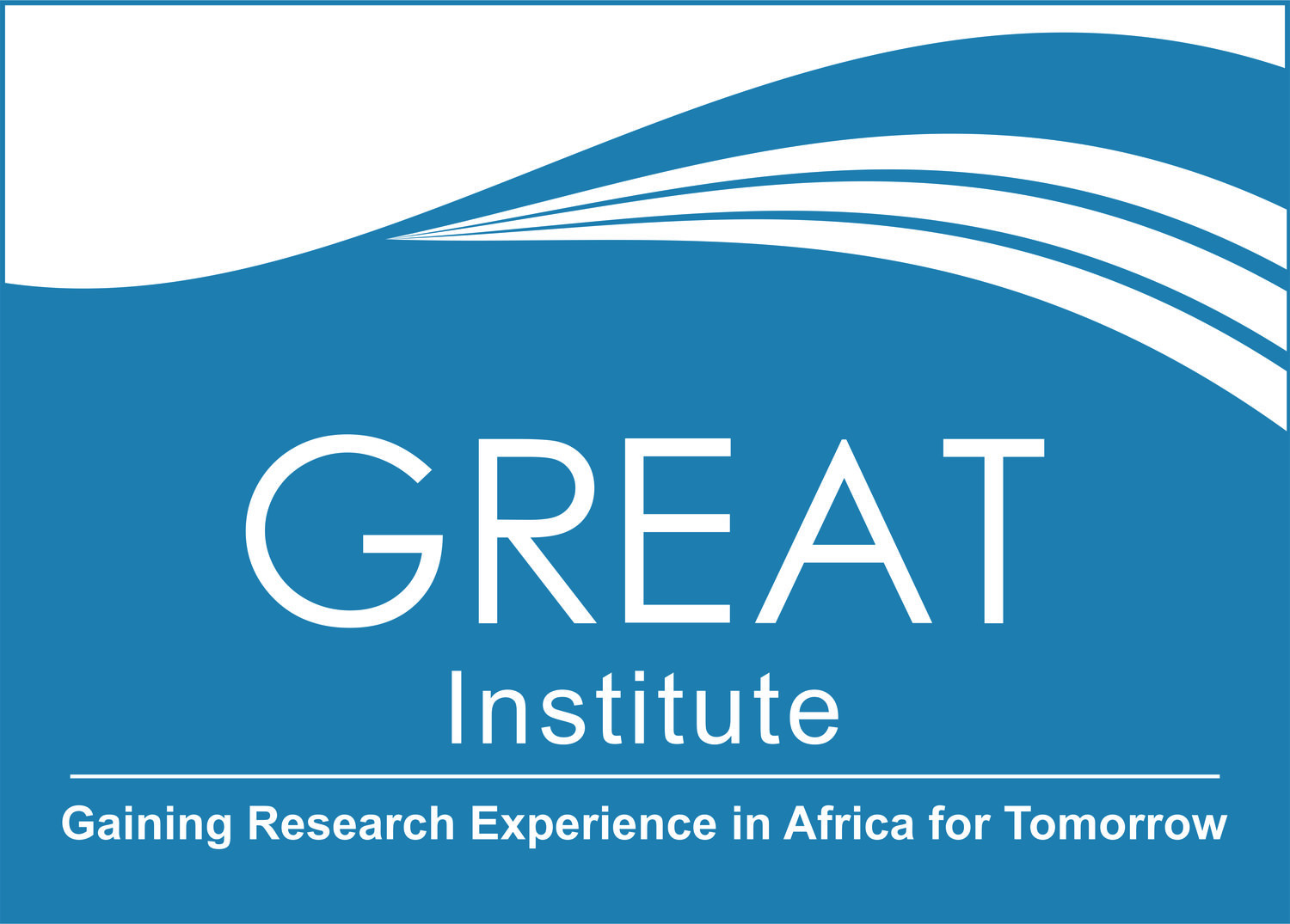As the smallest country on the continent of Africa, The Gambia only occupies approx. 11,300 km2, stretching around 330 km east to west and about 50 km north to south. It is surrounded by Senegal, except on its Western border, which the Atlantic Ocean surrounds.
The country itself was established around the River Gambia and some of its significant estuaries and tributaries are within The Gambian borders. The River Gambia itself is 1,130 km long and flows through three countries; The Gambia, Senegal and Guinea, with a source in the Fouta Djallon plateau, Guinea and its mouth in The Gambia.
The River Gambia’s water flow follows an interesting phenomenon known as ‘braiding’ in which the river separates and rejoins in patterns that form islands along the course of the river. These islands are some of the main tourist attractions in The Gambia including; James Island and Juffureh (origins of Kunta Kinteh), Baboon Island, and others.
The Gambia itself is an eco-tourism hub, with its serene sandy beaches and lush national parks and reserves that are teeming with wildlife. It is home to over 400 species of birds, as well as being home to numerous wild animals like monkeys, crocodiles and hippos.
GREAT Institute is The Gambia’s first marine research institute, having many programmes that focus on riparian and coastal monitoring along The Gambia’s coastline and the River Gambia (our monitoring sites range from Essau, located at the mouth of the river, to Koina, which is located near the Gambian border towards the source of the river).
To plan your next visit!

